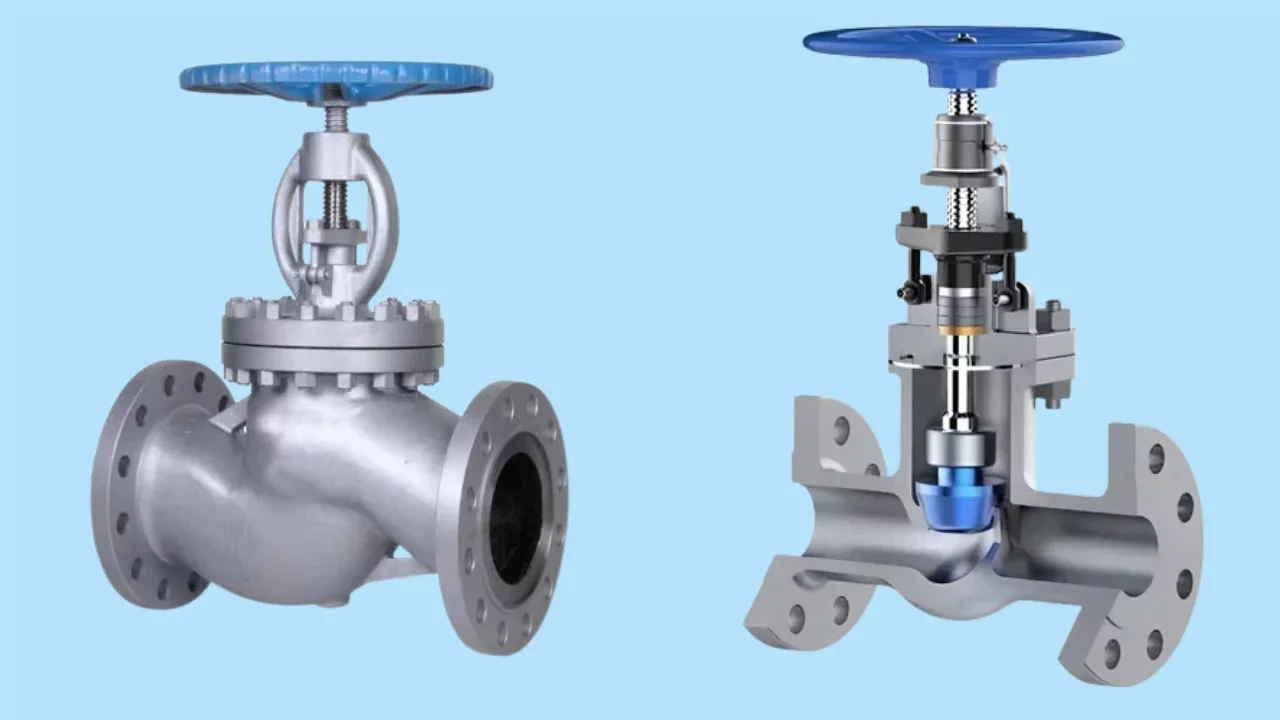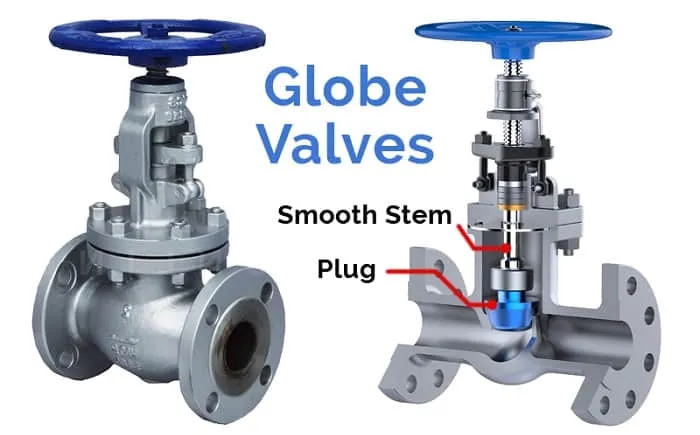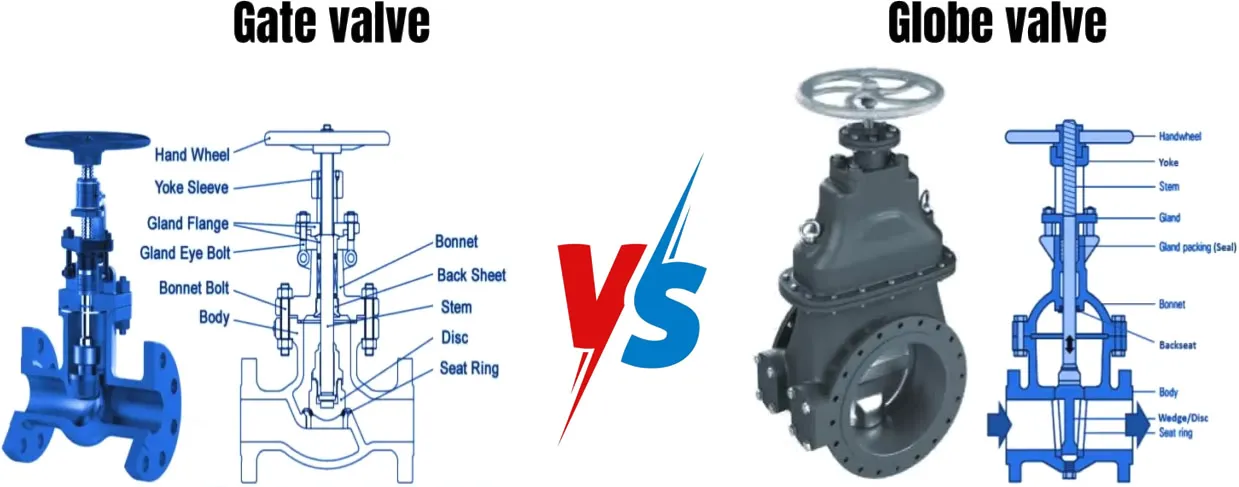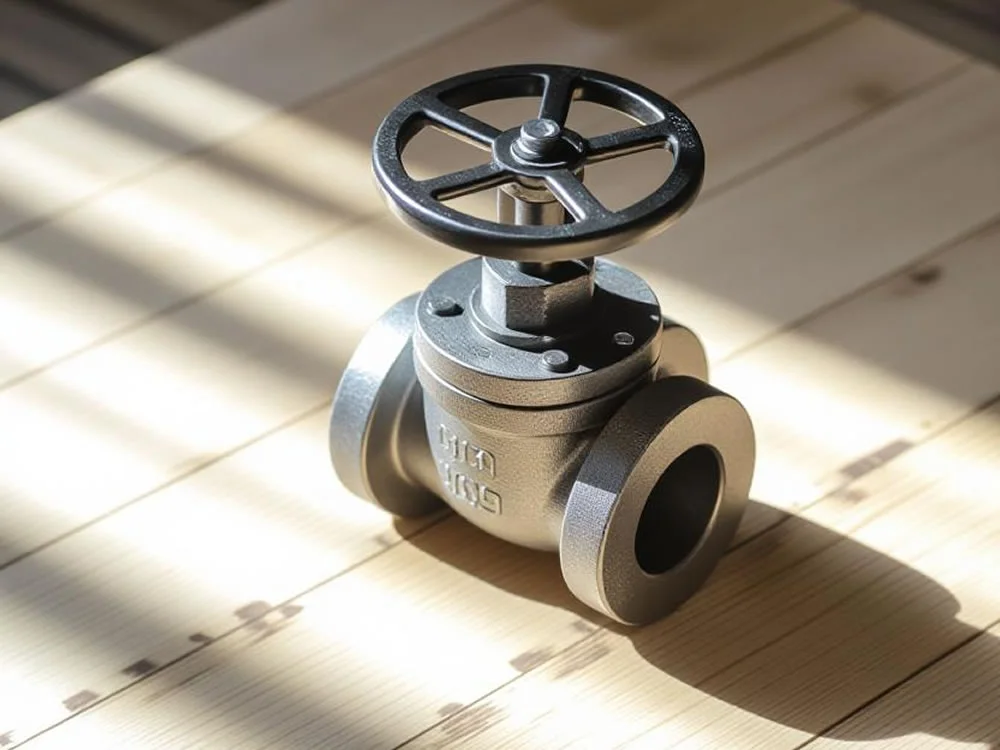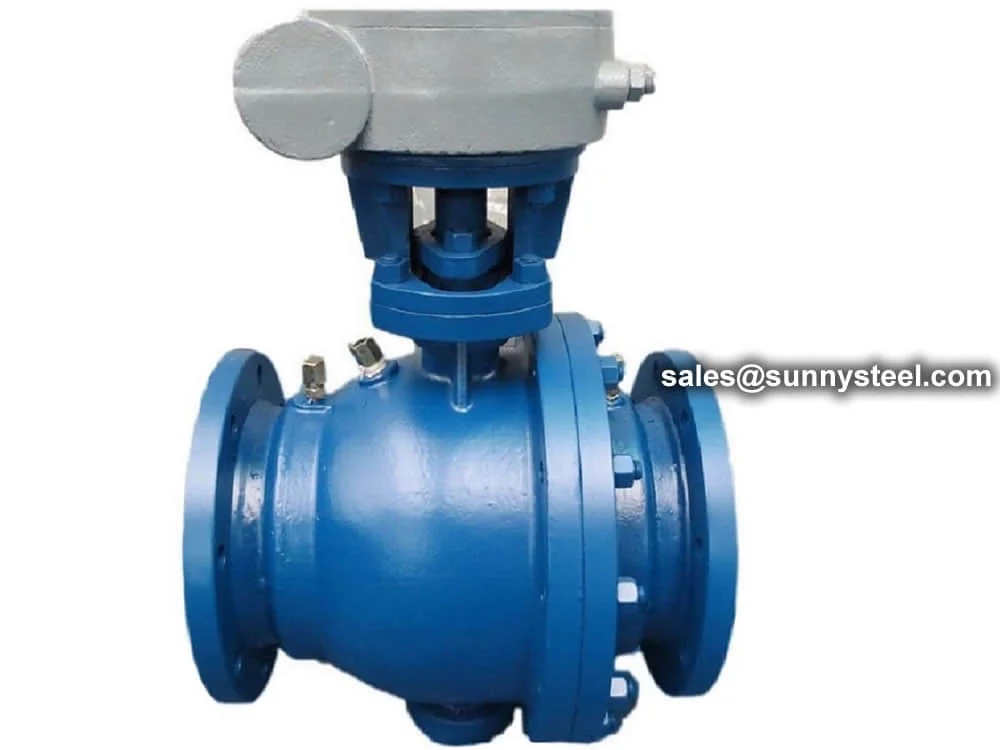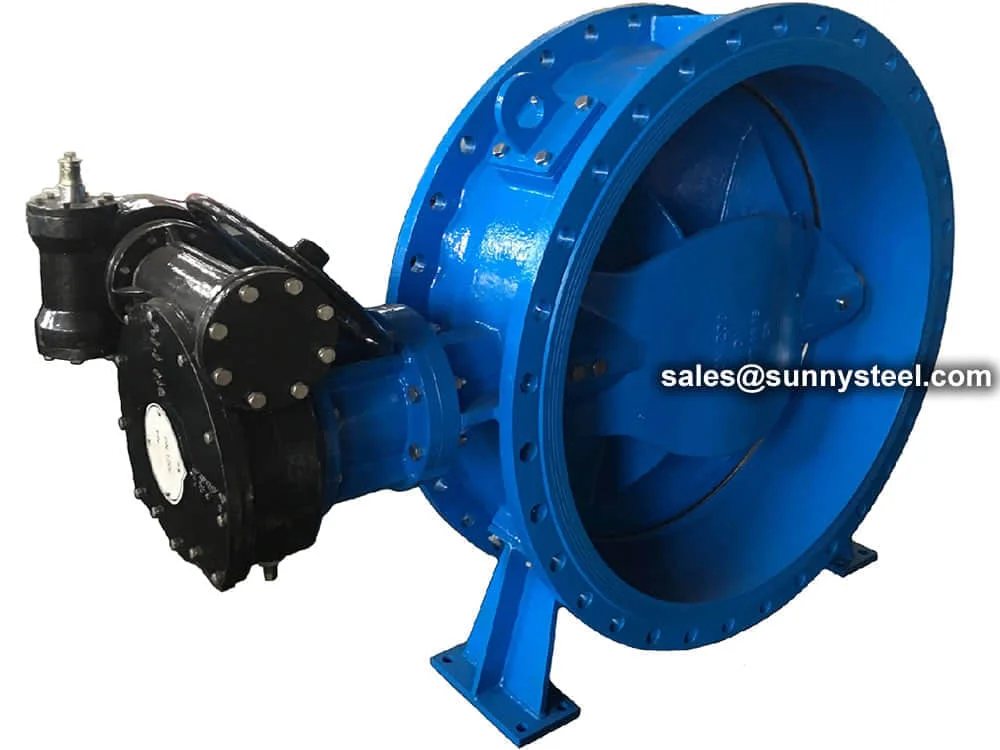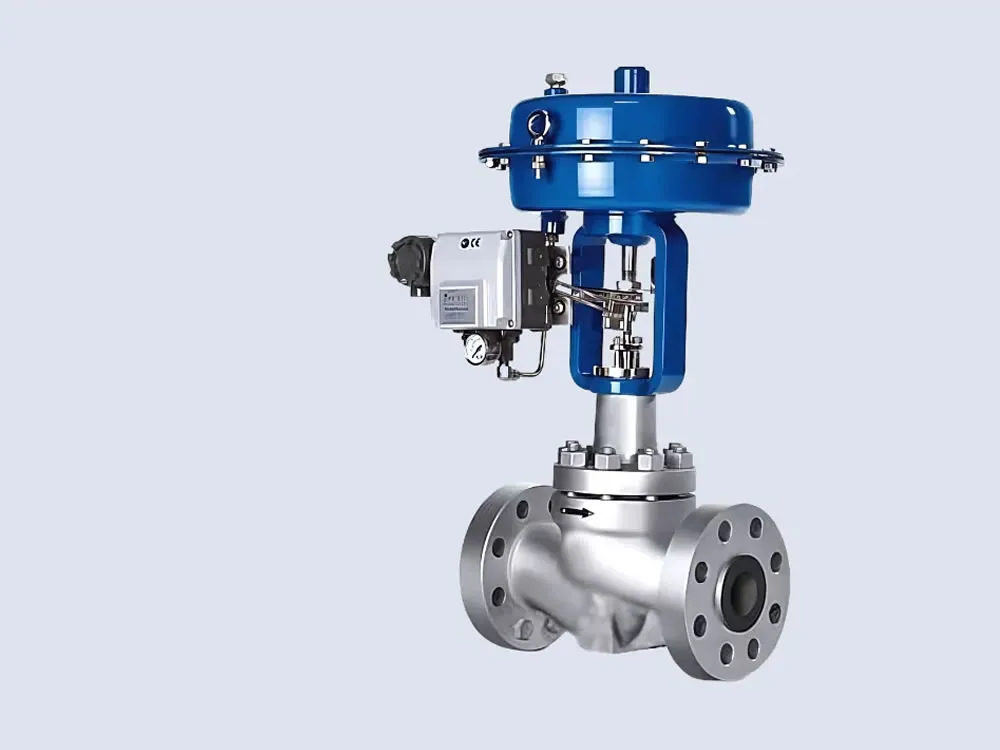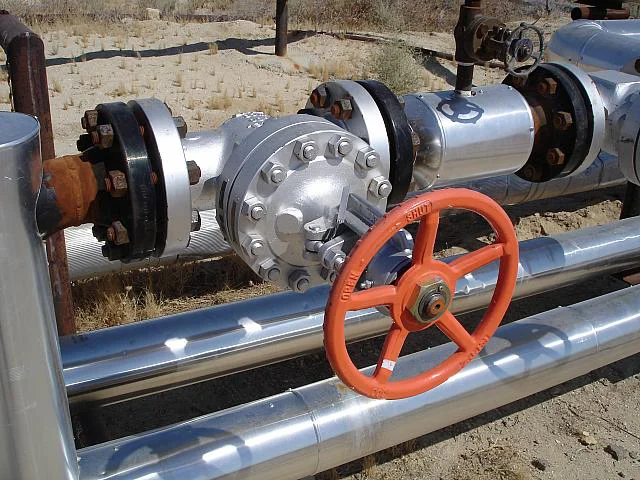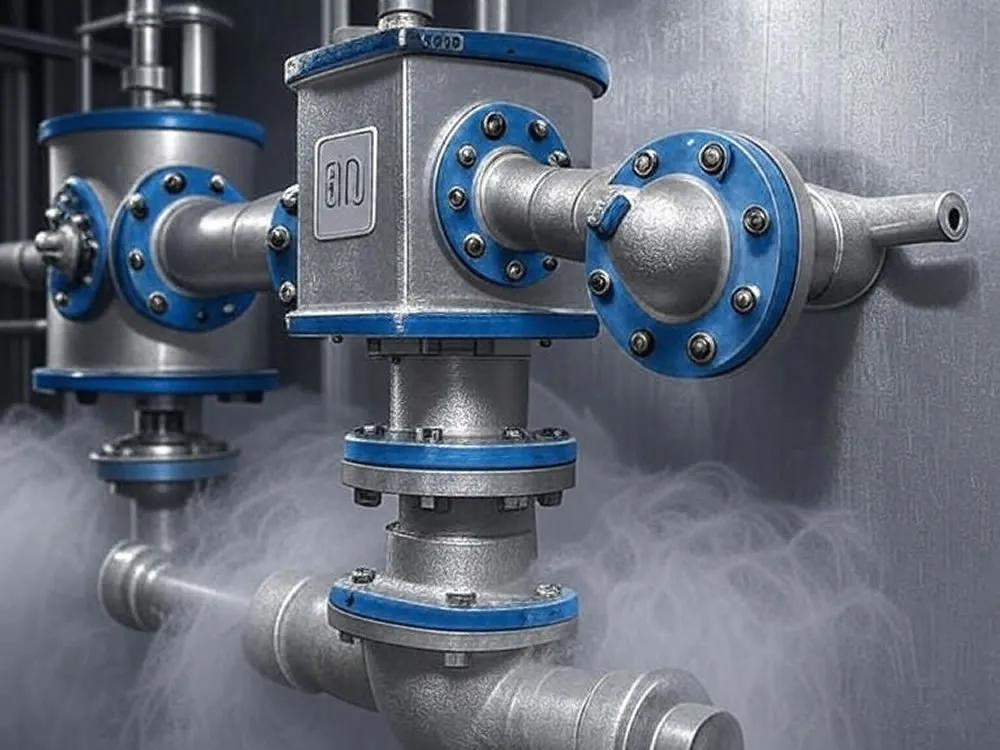row1: SHANGHAI AKF INTERNATIONAL CO., LTD.,,,,,
row2: South Yanggao Rd no.2875,Kanglin Creative Park, Building no.1, flat 3003.Shanghai, 200125, China,,,,,
row3: TEL: 0086-21-33780199, FAX: 0086-21-61851035,,,,,
row4: FIN TUBE INSPECTION & GUARANTEE CERTIFICATE
(EN10204 3. 1),,,,,
row5: CLIENT,,,,,
row6: PO NO.,24-SSE-203,QTY.,,572PCS,
row7: JOB No.,DX2024-0513,DATE,,45923,
row8: GENERAL DESCRIPTION,,,,,
row9: PROCESS, EMBEDDED (G) FINNED TUBE
AS PER MUTUALLY AGREED QAP & DRAWING,,,,
row10: BASE TUBE MATERIAL
& DIMENSIONS,SA179 φ25.4*2.11(Min.)*12500,,,,
row11: FIN MATERIAL & SIZE,SB209 Grade 1100 57.15*0.43,,,,
row12: DIMENSIONS INSPECTION,,,,,
row13: INSPECTION ITEMS,SPECIFICATIONS
(mm),,TOLERANCES
(mm),RESULTS
(mm),ACCEPTABLE
row14: OVERALL LENGTH,12500,,+5/-0,12500 ~ 12503,YES
row15: FINNED LENGTH,12410,,+5/-0, 12410~12412,YES
row16: A BARE END A,45,,+3/-0,45 ~ 48,YES
row17: B BARE END B,45,,+3/-0,45 ~ 48,YES
row18: FIN TUBE OD,57.15,,±1,56.15 ~ 58.15,YES
row19: STOCK FIN THICKNESS,0.43,,±0.05,~ 0.43,YES
row20: FIN PITCH,2.31,,± 0.2,2.11 ~ 2.51,YES
row21: END PREPARATION,PLAIN,,/,OK,YES
row22: VISUAL INSPECTION,,,,,
row23: INSPECTION ITEMS,,RESULTS,,ACCEPTABLE,
row24: BASE TUBE SURFACE QUALITY,,GOOD,,YES,
row25: FIN TUBE SURFACE QUALITY,,GOOD,,YES,
row26: COMPREHENSIVE JUDGEMENT,,,,,
row27: UPON EXAMINATION, THE PRODUCTS CONFRORM TO THE REQUIREMENTS OF THE DRAWINGS, QUALIFIED!,,,,,
row28: INSPECTOR,MR. LI,INSPECTION DEPT.,,QUALTY DEPT.,
